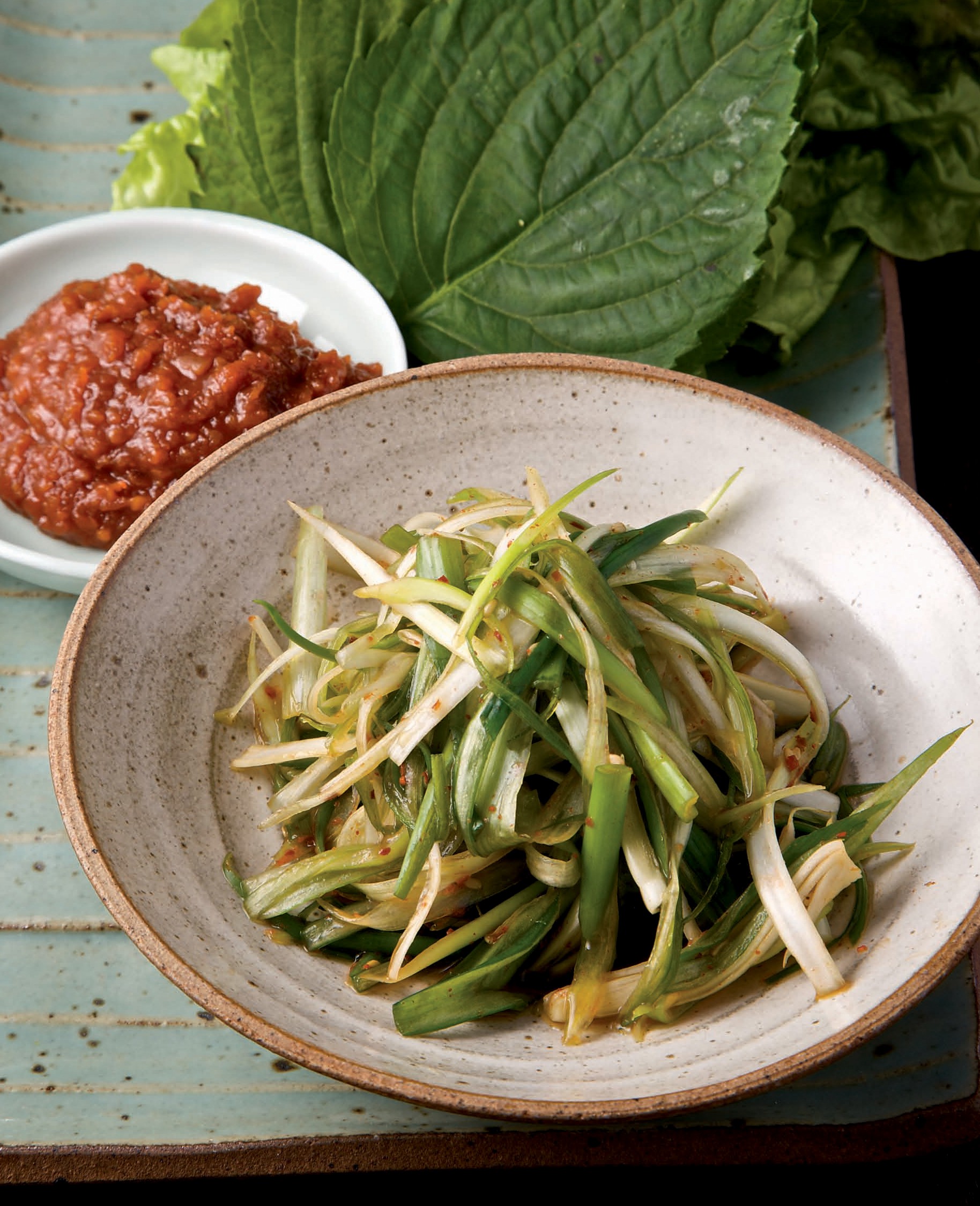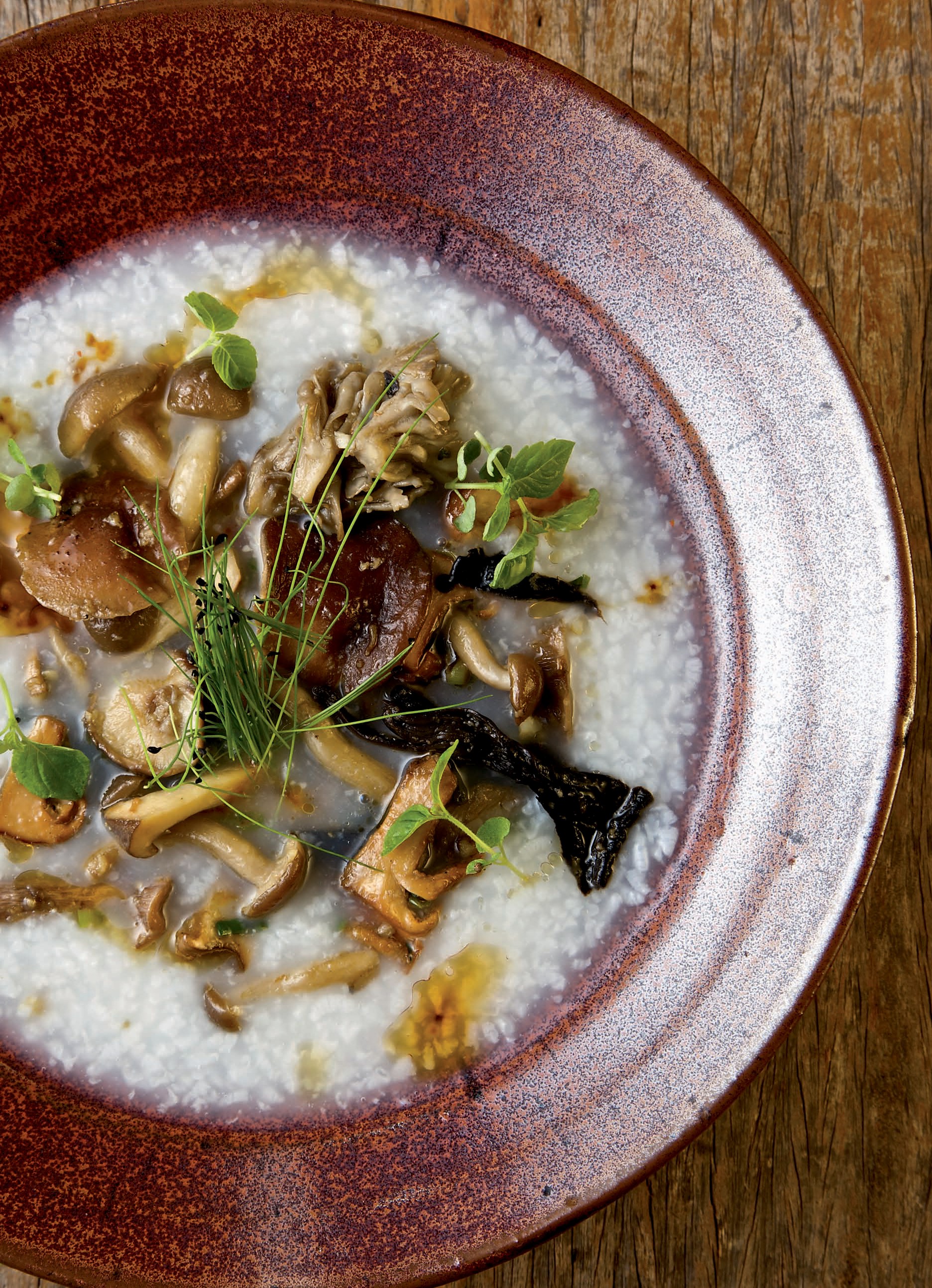5 Korean pantry essential
The fundamental ingredients of Korean home cooking
by Marja Vongerichten
To get your pantry ready to whip up some Korean home cooking, make sure you have the following ingredients; sesame oil, soy sauce, rice vinegar, Korean red pepper paste, GARLIC!
Let’s break down what each ingredient does and how it’s used to lend its unique tastes to Korean dishes.
Sesame oil is used in almost all Korean dishes and it’s nutty flavor is used for sautéing, dressings, dipping sauces and as a seasoning component for banchan (Korean side dishes).
Soy sauce comes in various levels of saltiness. Some are used for soup seasoning and are added to broths to deepen flavor. I would recommend sticking to an aged all purpose soy sauce. Take some time and visit a Korean supermarket and you will find an abundance of them. You can add it to marinades, for sautéing meats and vegetables, for dipping sauces and most often times you won’t need to add additional salt for recipes, depending on the amount of soy sauce used for a dish. Make sure if you use soy sauce for a marinade, the ratio should be 1 part soy sauce and 1 1/2 parts water, as the water evaporates during cooking. Take a look at my beef Bulgogi recipe for an easy soy sauce marinade!
Rice vinegar is great for Asian dressings. It is slightly less sharp than white or apple vinegar. I use it sometimes when I make southern style collard greens. I always add a little apple vinegar, but rice vinegar works very well.
Korean red pepper paste; gochu jang is a fermented staple in Korean cooking. It is slightly sweet, savory and spicy, depending on the heat level you choose. Koreans use it for stews, marinades, sauces for noodles and as a condiment for Korean barbecue. It will add depth and richness to any dish you add it to. This is another item you can find at a Korean grocery store.
Last but not least . . . garlic. This ingredient is essential to Korean cooking and is the backbone to almost every marinade, stew, soup and noodle you can imagine. There can never be enough garlic for me when I eat Korean food but everyone has their own taste preferences, so adjust the garlic content to your tastebuds when making Korean food.
The best thing about making Korean food is that every Korean household has their own variation for any given dish. Some people like things a little more on the sweeter side, or spicier and most recipes allow you to make variations on your own and according to your taste. Don’t be afraid to try Korean food. It is a glorious cuisine that most people find very addictive. I might be a little biased . . . but don’t take my word for it. :)
Marja Vongerichten is author of The Kimchi Chronicles, a companion to PBS television series of the same name. The book shares how the Vongerichten family has recreated and adapted Korean cuisine in their American home. For more about Marja Vongerichten follow her on Instagram, Twitter, Facebook.
Marja Vongerichten is a featured author on ckbk, home to the world's best cookbooks and recipes for all cooks and every appetite. Start exploring now ▸




